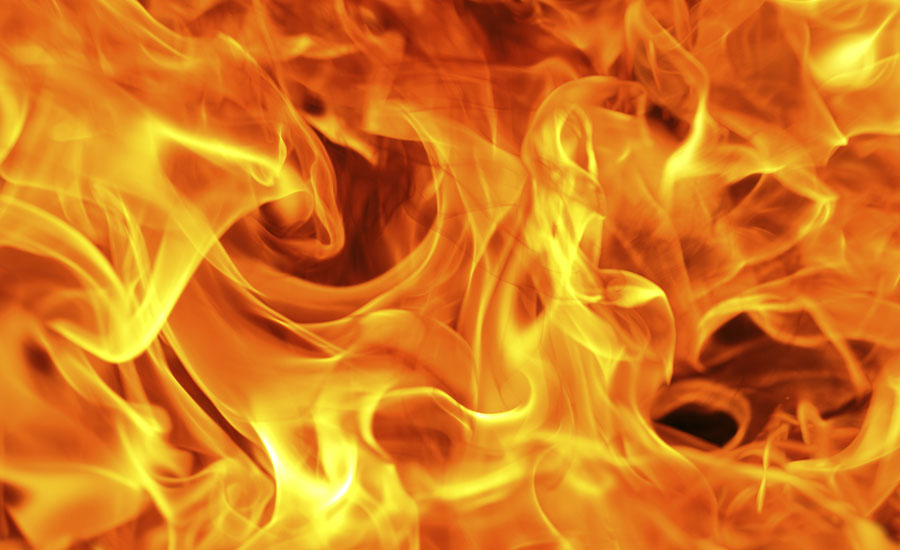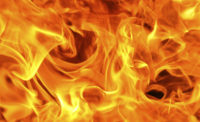At least 17 large fires are burning across California, and dozens more throughout other Western states, destroying hundreds of thousands of acres, sending toxic pollutants into the air and contaminating water supplies. The air quality in certain areas — particularly near California's massive Mendocino Complex Fire in the northern part of the state — is among the worst officials have ever seen.
With temperatures at times reaching into the triple digits, unpredictable winds and desiccated brush that serve as kindling, there's no end in sight to this year's fire season.
NASA satellite photos show towers of smoke in California billowing into the atmosphere and blanketing central California.
Up and down the state, air quality officials have marked huge swaths as red with spots of purple — places where air is unhealthy or very unhealthy to breathe. Smoke and ash can travel dozens or even hundreds of miles.
Air quality districts around California have issued warnings to stay indoors — with windows shut and the air conditioner running — and to limit outdoor activities. In many places, kids' ball games, riding lessons and summer camps have been cancelled.
Children, older people, pregnant women (especially their fetuses) and those with respiratory illnesses such as asthma and COPD are particularly at risk of smoke-related health problems. Fine particulate matter, which is mostly invisible, can lead to inflammation of the lungs.
Even otherwise healthy people may experience short-term breathing problems, eye irritation and coughing.
Air quality experts and physicians say more fires are bound to occur, and people with health issues need to have a plan for the bad air days, such as keeping extra medications on hand.
For people who do need to go outside in the smoke, air quality experts recommend wearing a specialized mask that protects from fine particulate matter.
Source: This story was produced by Kaiser Health News, an editorially independent program of the Kaiser Family Foundation.



